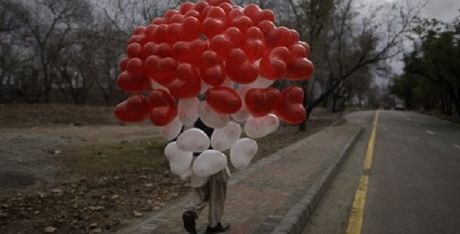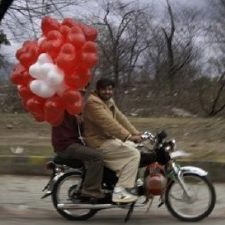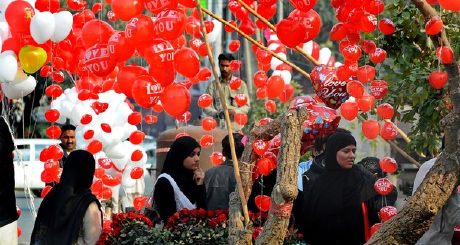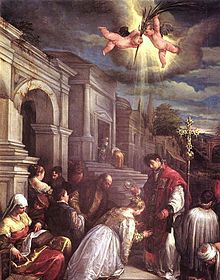1. Second largest gas infrastructure in the world:
Pakistan's gas distribution network is the second largest in the world after that of the United States, i.e. it is larger than those of all other industrialized countries such Germany, France, UK, Australia and others.
2. World class educational institutions:
Pakistan is now home to some to some the finest universities there can be. The Aga Khan University, Lahore University of Management Sciences, National University of Science and Technology, FAST, Indus Valley School of Art and Architecture and the Ghulam Ishaq Khan University are those newly established universities that have joined the ranks of older Pakistani educational institutions such as Dow, King Edward College of Medicine, National College of Arts and the IBA to become the bedrock of Pakistan's higher education infrastructure.
3. One of the most independent media in the world + stature of the journalists:
The media in Pakistan is among the most independent in the world as are the world-class journalists that comprise this institution. This has resulted in a silent revolution and national awakening throughout the length and breadth of Pakistani society similar to that which this country had witnessed prior to independence. Thus, thinkers and scholars now mould public opinion in a manner that is conducive for national building and progress.
4. An outstanding road network:
Many developed countries as well as most developing ones experience rush hour traffic jams and generally bad traffic throughout the day. In Pakistan, however, where the car to population ratio is small but growing at an astonishing pace, cities have managed to build road networks at an even faster pace. Thus, overhead bypasses, underpasses, ring roads and new motorways have successfully outpaced the uncontrolled growth of cars and motorbikes.
5. The fastest growing telecom network:
The phenomenal rate of growth of Pakistan's telecom industry is unheard of anywhere else in the world. Despite having a very small GDP per capita, Pakistan has succeeded in achieving cellular connections for fifty percent of the population, i.e. sixty million cellular connections within a span of a few years.
6. Tech power:
The level of technology in the computer connectivity and telecom sectors has, in many cases, been either equivalent to or better than even the most industrialized nations of the world. As an example, the first WiMax rolled out in the world was in Pakistan.
7. Pakistan joined the aerospace club by producing its own aircraft:
Pakistan is among the few countries in the world that produce its own aircraft. Thus, our aeronautical industry shares the likes of those in the US, France, China, Sweden.
8. Submarine production:
Pakistan has always been a shipbuilding country but has now started manufacturing submarines as well.















